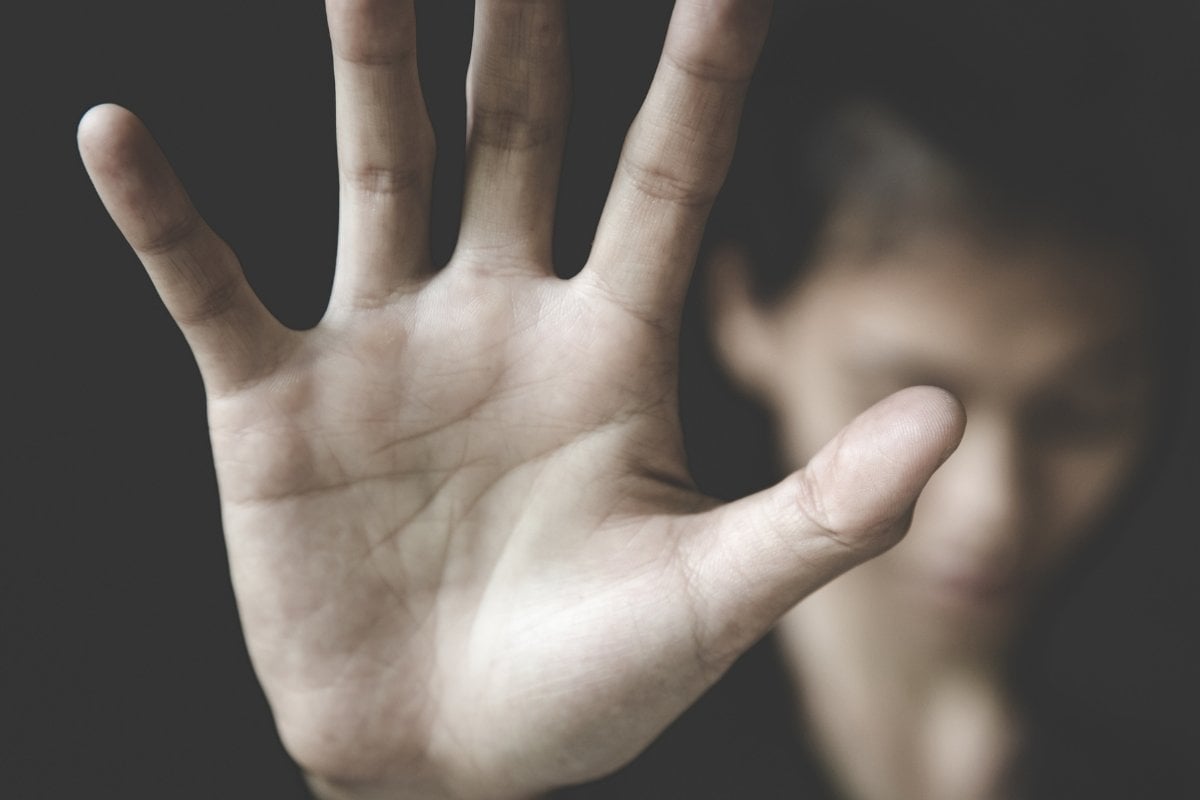
This post deals with domestic violence and might be triggering for some readers.
So far in 2024, 30 Australian women have been killed in acts of violence.
That's 30 women who won't see their loved ones again. 30 women who have had their lives ripped away from them.
Among their stories, there are familiar traits. In many cases, the alleged perpetrator was someone they knew, even someone who once professed to love or care for them. In many cases, their murder was the lethal culmination of a long campaign of abuse, one already recorded by police.
Intimate partner homicide is the most common form of homicide perpetrated in this country. And as documented by the Australian Domestic and Family Violence Death Review Network, it rarely happens out of the blue. Perpetrators have typically subjected the victim to a pattern of coercive control (including emotional, financial and social abuse) and physical violence prior to taking their victim's life.
The recent string of such cases has reinvigorated the longstanding debate about the justice system's ability to protect domestic violence victims. In particular, the effectiveness of its central tool: apprehended violence orders, or AVOs.
Watch: Violence against women, the hidden numbers. Post continues below.

Top Comments